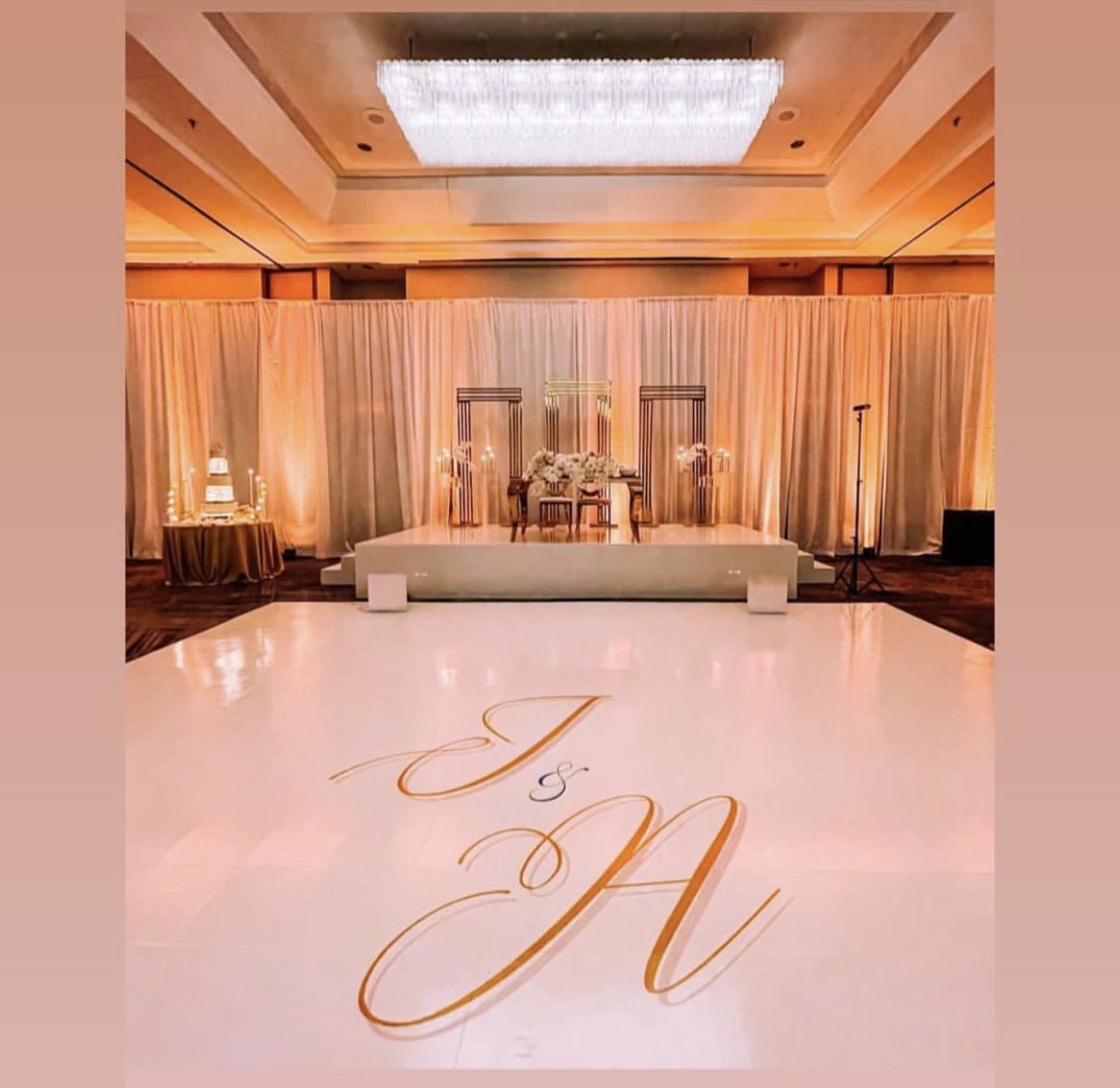Investigating the Diverse Materials That Convert Dance Surfaces into Breathtaking Visual Displays
Wiki Article
Dance floors have developed significantly over the years, transforming more than just a place to dance to music. Today, they are transformed into breathtaking visual experiences through the use of multiple substances and techniques. These materials not only improve the aesthetic appeal of the area but also improve the overall experience for performers and audiences alike. Comprehending the versatile materials that add to these dynamic settings can offer insight into the art of performance floor design.
One of the primary common materials used in modern dance floors is LED illumination. Light-emitting diode lamps are power-saving and can produce a wide variety of hues and effects. They can be embedded in the floor directly or used as part of a lighting system over the dance floor. This innovation allows for coordinated light shows that can change in reaction to the music, creating an engaging encounter. The capability to program these lamps means that they can be customized to fit different themes or moods, making each occasion distinct.

Another crucial material is mirror-like materials, such as mirrors or shiny tiles. These materials can create an illusion of space and depth, making the dance floor appear larger than it actually is. When performers dance, their reflections can add an extra layer of aesthetic interest, enhancing the complete performance. Additionally, reflective materials can engage with illumination effects, amplifying the hues and designs displayed on the floor. This combination of illumination and reflection can captivate spectators and elevate the vitality of the occasion.
In addition to lighting and reflective substances, the use of digital screens has grown progressively common in dance floor design. These screens visit site can display lively visuals, graphics, or even real-time feeds of the performance. By integrating electronic technology, event planners can create a multi-sensory experience that engages both the dancers and the spectators. The ability to change visuals in real-time allows for a dynamic atmosphere that can adjust to the rhythm and energy of the music, making each instance feel fresh and exciting.
Additionally, the choice of flooring substance itself plays a key role in the complete experience. Traditional wooden dance floors are still preferred for their strength and functional qualities. However, newer materials like vinyl and rubber are gaining popularity due to their flexibility and ease of care. These substances can provide better shock absorption, minimizing the chance of injury for dancers. Additionally, they can be crafted with multiple patterns and hues, allowing for creative representation in the dance floor's look.
In summary, the evolution of dance floors into breathtaking aesthetic encounters relies on a mix of innovative substances and techniques. Light-emitting diode lighting, reflective surfaces, digital screens, and customized flooring substances all add to creating an captivating environment for dancers and spectators. As technology continues to progress, the opportunities for improving dance floor design will only expand, making upcoming occasions even more enthralling and memorable. Comprehending these materials helps appreciate the craftsmanship involved in creating spaces where dance and music come together in harmony.